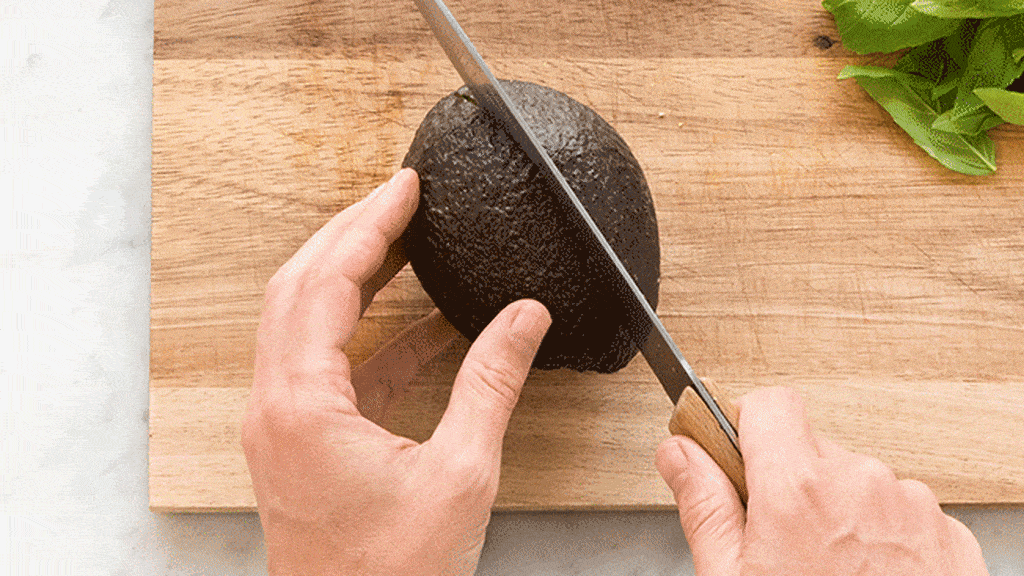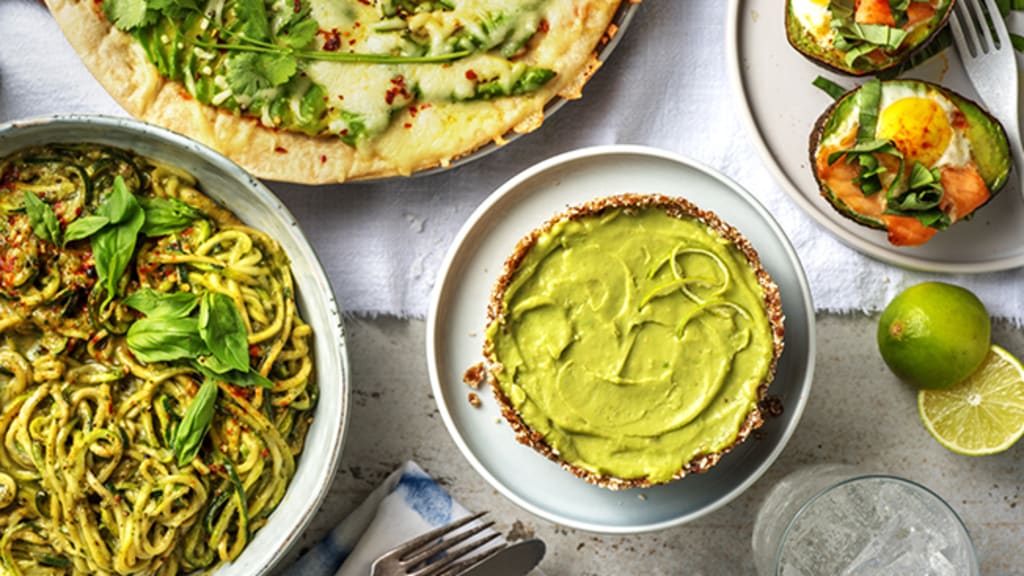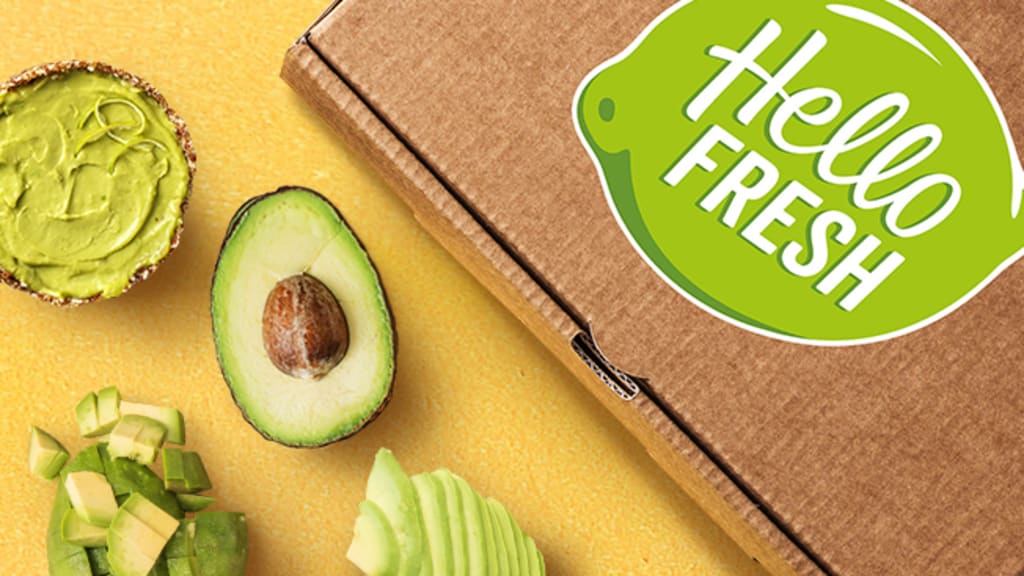AVOCADO
AVOCADO
Avocado
Rich and creamy in texture, but mild in flavour, avocados are a brilliantly versatile ingredient and can be used in everything from smoothies and salads to guacamole dip.
AVOCADO: NUTRITIONAL INFORMATION & HEALTH BENEFITS
Avocados are an excellent source of good fat, though this does make them high in calories. An average avocado has 320 calories, but this is overshadowed by its impressive 20g of monounsaturated fat.
Half of an avocado counts as one of your 5-a-day, making it an easy ingredient to help boost fruit and vegetable intake. All variations have more soluble fibre than other fruit and contain a number of useful minerals such as iron, copper and potassium. They are a good source of vitamin E and the B vitamin folate.
Bananas have a reputation as the go-to source of potassium, but avocados actually have more of this essential nutrient. 100g of avocado has 14% of the daily recommended amount of vitamin K, while the same amount of banana has 10%.
Avocados can also make other foods healthier. Because some nutrients need to mix with fat in order to be used by the body, eating avocados along with other fruits and vegetables means certain vitamins and antioxidants are more likely to be absorbed.

HOW TO STORE AVOCADO
As a general rule, store avocados at room temperature, such as in a fruit bowl. If you want avocados to ripen, do not place them in the fridge. Only ripe avocados should be chilled in order to slow down the ripening process.
Avocados shouldn’t be frozen whole, but the flesh can be. Before sticking it in the freezer, remove the seed and lightly mash the light-green flesh, put it in an airless plastic bag and mix with a squirt of lemon juice.

AVOCADO TIPS, TRICKS & HACKS
Avocados are best eaten when they are perfectly ripe. To achieve this, the HelloFresh culinary team suggest leaving them at room temperature for up to a week and then squeezing them gently from time to time. When ripe, avocados should feel slightly soft when you apply some pressure.
Another ripeness-check: if the nub at the top of the avocado comes off very easily, that’s a good sign that the avocado is ripe. You can double-check by looking at the small divot left when the cap is removed. If the flesh underneath is green, the fruit is ready to eat.
To speed up the ripening process, pop avocados into a paper bag for a couple of days. You can accelerate things even more by including a banana with them. Bananas emit ethylene gas, which makes fruit ripen more rapidly.
Once cut open, avocados brown very quickly and become unappealing to the eye and the tongue. Try squeezing lemon juice on the flesh to halt this process—the same trick works for guacamole, too!
The seed of an avocado—also known as the pit or the stone—can be tricky to remove, especially if the avocado isn’t perfectly ripe. Many cooks recommend driving a knife into it and twisting the bulbous seed out, however you should only try this with a very sharp knife. Avoid an unsafe situation by trying to squeeze avocado halves lightly until the pit slides out on its own. Failing that, a wine opener or corkscrew can be your best friend. Twist the sharp end into the stone to gain purchase, then wiggle it until the seed comes loose.

AVOCADO FACTS
Avocados appear in hundreds of HelloFresh recipes. In fact, in 2018 alone, HelloFresh shipped over 1.6 million orders of avocado worldwide.
Native to central America, there are four main varieties of avocado: Hass, which has a dark, pebbled skin; Ettinger and Fuerte, which are pear-shaped with smooth skin; and Nabal, the more spherical variety.
Avocado is also sometimes known as a “butter pear” because of its velvety flesh, or as an “alligator pear” because of the Hass variety’s textured skin.
Delicious recipes for you to choose next week
Like what you see? Check out all of our upcoming recipes
VIEW OUR MENU